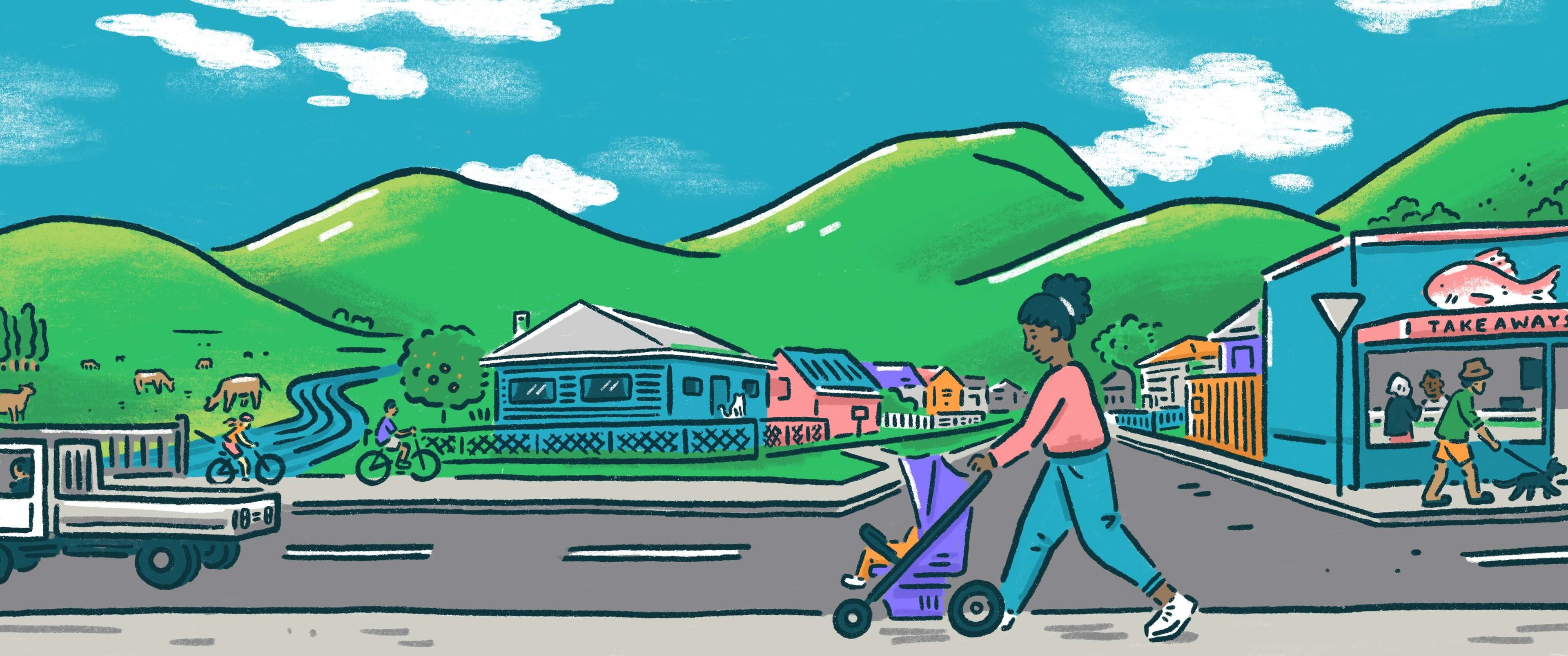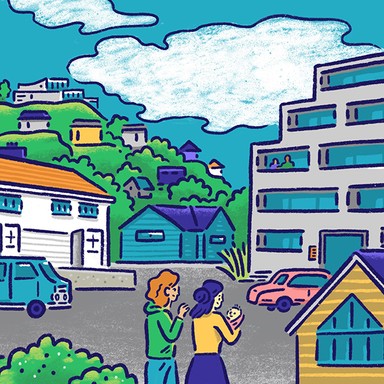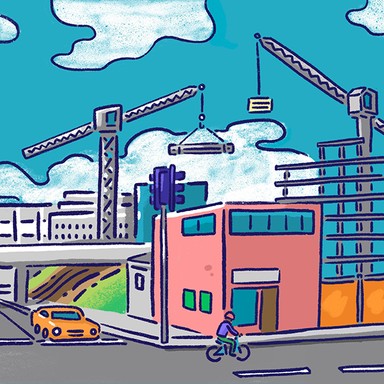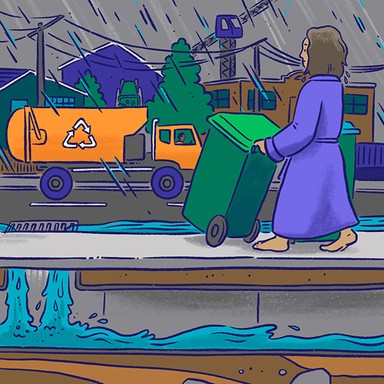
Nelson City Council

Housing and planning
Local councils are responsible for land use planning under the Resource Management Act, which affects where and how new houses are constructed, as well as the design of cities and towns. In some areas, councils also provide housing to those who need it most.

Housing and planning
Local councils are responsible for land use planning under the Resource Management Act, which affects where and how new houses are constructed, as well as the design of cities and towns. In some areas, councils also provide housing to those who need it most.
Implement the city centre spatial plan to provide a vibrant people-focused city that is good for businesses and people.
Prioritise intensification to provide affordable housing choice.
Protect open green spaces and recreation areas from sprawl.
Identify and support individuals and community organisations whose heart-driven drive is to assist and minister to the homeless.
Anticipate land use plans by shining the headlights down the road and showing people what is possible so they can work with what they see.
Make urban spaces and streetscapes both functional and beautiful to lift human spirits and the community's fiscal base.
Increase housing supply through smart zoning and mixed-use developments.
Revitalise urban spaces to create vibrant, safe and accessible neighbourhoods.
Support affordable housing with partnerships and targeted council projects.
Encourage and set rules for low-cost housing but leave construction to others including the state.
Encourage the state to increase its homeless housing construction rather than reduce it as now.
Protect the amenity of existing houses from overpowering multi-storey housing.
Continue to assist and facilitate community housing providers in their construction and land needs for affordable housing for low-income people.
Reduce red tape for inner-city residential housing apartments and above commercial buildings.
Address root causes of homelessness rather than respond to the symptoms, recognising councils are caught in a cycle of paying to fix what the systems break.
Require every new build to have a rainwater tank to improve resilience for the house, occupants and garden and reduce stormwater flow into streams and rivers.
Rezone the suburbs to encourage higher-density housing development for a closer community and extended family concept.
Implement the city centre spatial plan to provide a vibrant people-focused city that is good for businesses and people.
Prioritise intensification to provide affordable housing choice.
Protect open green spaces and recreation areas from sprawl.
Identify and support individuals and community organisations whose heart-driven drive is to assist and minister to the homeless.
Anticipate land use plans by shining the headlights down the road and showing people what is possible so they can work with what they see.
Make urban spaces and streetscapes both functional and beautiful to lift human spirits and the community's fiscal base.
Increase housing supply through smart zoning and mixed-use developments.
Revitalise urban spaces to create vibrant, safe and accessible neighbourhoods.
Support affordable housing with partnerships and targeted council projects.
Encourage and set rules for low-cost housing but leave construction to others including the state.
Encourage the state to increase its homeless housing construction rather than reduce it as now.
Protect the amenity of existing houses from overpowering multi-storey housing.
Continue to assist and facilitate community housing providers in their construction and land needs for affordable housing for low-income people.
Reduce red tape for inner-city residential housing apartments and above commercial buildings.
Address root causes of homelessness rather than respond to the symptoms, recognising councils are caught in a cycle of paying to fix what the systems break.
Require every new build to have a rainwater tank to improve resilience for the house, occupants and garden and reduce stormwater flow into streams and rivers.
Rezone the suburbs to encourage higher-density housing development for a closer community and extended family concept.
Mayor
Compare the mayoral candidates in your area
Local council
Compare the candidates for your city or district council
Regional council
Compare the candidates for your regional council
Local board
Compare the candidates for your local or community board








